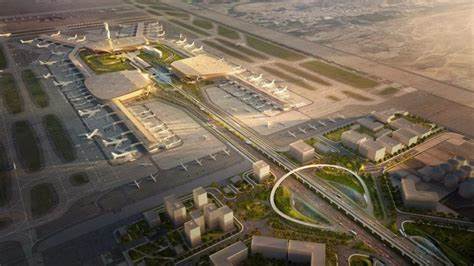By Ameya Joshi

India aviation has had a stellar 2024, recording the highest passenger traffic in domestic aviation, surpassing the previous best of last year. However, the industry was plagued by many other challenges all across. This ranged from infrastructure to supply chain issues and extended to manpower. At an airline level, both Airbus and Boeing had challenges in delivering the aircraft they promised. Boeing also had to face a strike leading to the production being shut down.
As the page turns to 2025, airlines in India are full of hope and plans, which when materialized are such that India has never seen growth like this ever before. Let’s look at what is in store for aviation in India in 2025.
The year of new airports
As the winter schedule started on the last Sunday of October, the regulator had approved flights to 124 airports in India, an increase of nearly 50 airports in the last decade. As we transition to summer in a few months’ time, two major airports will be operational. The Noida International Airport at Jewar and Navi Mumbai International Airport. Both aim to ease the current congestion at Delhi and Mumbai airports respectively.
Apart from these, some smaller airports are likely to come back on the air map in the future biddings of UDAN with a possibility of waterdromes making a comeback. While the number will go up, the capacity that the second airports at Delhi and Mumbai will bring is unmatched and will be a much-needed respite for the industry.
Religious tourism
The year 2025 is the year of Maha Kumbh, with the mela at Prayagraj. It attracts devotees from around the world. Last time around, the airport was small and aviation was still evolving in India. Today is a different story with Prayagraj having a dedicated terminal and apron.
Additionally, religious tourism is on the upswing with flights to cities like Ayodhya, Tirupati, and Jammu having seen remarkable additions over the last few years.
Fleet addition
Air India Express and Air India will be up for a significant fleet renewal in 2025. Both airlines have placed large orders but have had limited deliveries in 2024. As the page turns, Boeing’s strike is behind us and Airbus has a lineup for Air India. IndiGo will continue to add planes with a focus on introducing the “IndiGoStretch” product across markets. It will see the introduction of the Delhi – Bengaluru route starting in January.

Fleet additions will also take place at Akasa Air and SpiceJet and it will be safe to assume that 2025 might well be the highest induction year in the history of Indian aviation.
Modernization
Over a year and a half after Air India expressed its desire to revamp its fleet, the airline is yet to start the work on the widebody aircraft. Blaming the supply chain issues, the airline has had to postpone the modernization and rebranding multiple times since its announcement.
Air India is not the only one looking at modernization. Its subsidiary Air India Express wants to get rid of the Business class seats on its planes and make them all economy. The airline took planes meant for other airlines since they were available early. In industry parlance, it is known as “White Tails”.
Privatization of airports
The last set of privatization of airports was done pre-pandemic. There have been multiple discussions on the next set of privatization with various options being mooted. This includes options of clubbing profitable and non-profitable airports along with ensuring more players bid for the airport amongst others. However, little has moved on that front.

With the focus on operationalizing more airports, the state-owned Airports Authority of India is already burdened. The privatization may well be a win-win for both.
Technological advances
The much-touted Digi-Yatra initiative has not expanded rapidly after the initial set of rollouts. Airlines are also exploring new ways. 2024 saw IndiGo and Air India both embrace Gen AI with chatbots in operations.
The year 2024 saw the laying of the foundation for technology at both airports and airlines. Air India and IndiGo launched new apps and websites, while airports invested in technological advancements for passengers.
Tail Note
From pre-COVID to post-COVID, a lot has changed in Indian skies and this includes the government getting out of running a large airline. 2025 may well see the government divest in other areas like AIESL – the engineering arm and Alliance Air – the regional carrier still owned by the government.
This is probably the best time for passengers since fleet addition will mean additional capacity which will ease fares, open up new routes and give wings to many more routes and airports than ever before. Will it be a profitable year for the airlines? The answer lies in how the economy performs and which side the oil prices move.
Ameya Joshi is an aviation analyst and columnist who runs the analysis website Network Thoughts.



